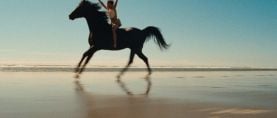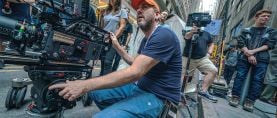The Films of Andy Warhol Catalogue Raisonné 1963-1965
To those unfamiliar with Warhol’s career as a filmmaker, this book reveals much about the ways his work subverts the medium’s formal constrictions.
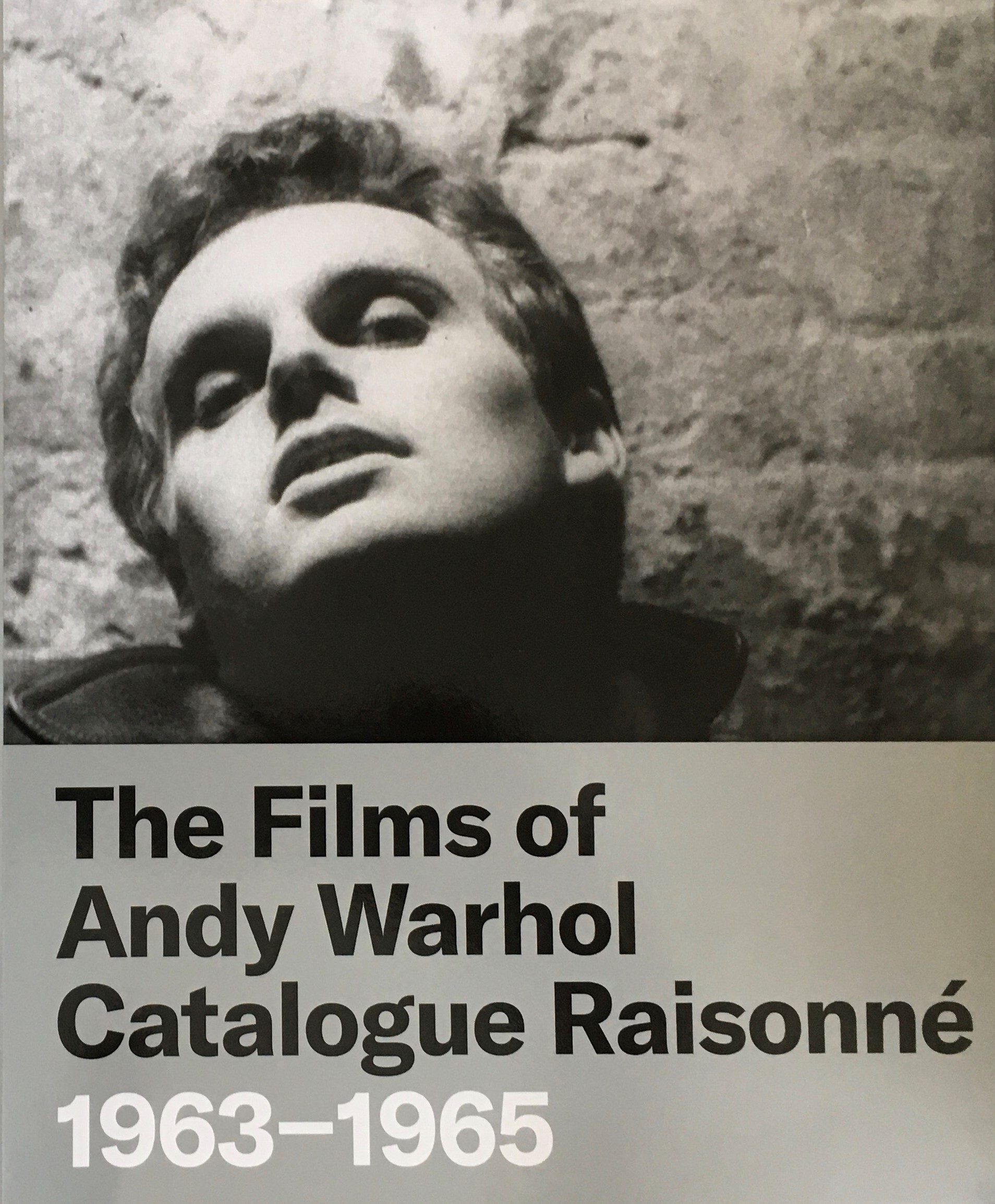
16mm, black-and-white, silent; 41 min. at 16 fps, 36 min. at 18 fps. (CR no. 1964.3)
The Whitney Museum of American Art’s recently published The Films of Andy Warhol Catalogue Raisonné 1963-1965 is a colossal achievement, in scope and in actuality. More than 100 films are analyzed over 700 tightly-packed pages of text and high-resolution color and black-and-white stills, from the brief (Andy Warhol Films Jack Smith Filming “Normal Love”, 1963) and lost (Harold, 1963), to the lengthy (Empire, 1964) and famous (Vinyl, 1965).
Fifteen years in the making, the book is a complement to and continuation of the sprawling task begun by late film scholar Callie Angell with 2006’s Andy Warhol Screen Tests: The Films of Andy Warhol Catalogue Raisonné, Vol. 1. Building upon Angell’s research, editor John Hanhardt and contributors Bruce Jenkins and Tom Kalin paint an extensive and enlightening account of an incredibly prolific period in Warhol’s career that, when paired with Vol. 1, offer a comprehensive, annotated listing of all the films he made during that time.
The problem with being so prolific is that there is so much work to keep track of — hundreds of films, in this case. In Jenkins’s introduction to the 1963 chapter, he relates how filmmaker, critic, and exhibitor Jonas Mekas’ attempt at a Warhol filmography in 1970 was handicapped by a lack of access to most of the material — which was in any case, “totally disorganized” — and the artist’s disregard for keeping track of dates and names.
Mekas was one of the first critics to fervently champion Warhol’s films — his Filmmaker’s Cooperative organized one of Warhol’s first public screenings, for Kiss in 1963 — which deconstruct the moving image as much as any of his paintings, illustrations, and sculptures did for their respective mediums. In his introduction to the 1963 chapter, Jenkins writes, “The multiple iterations of images that Warhol was applying in his Advertisement paintings, S&H Green Stamps works, Coca-Cola Bottles, and Serial Marilyn were already part of his artistic lexicon, and they found their counterparts in the silent 16 fps projection that is the foundation of all his early films, as well as in the concatenation of modules of 100’ rolls of 15mm celluloid into scalable works of cinema.”

16mm, black-and-white, silent; 54 min. at 16 fps, 48 min. at 18 fps. (CR no. 1963.13)
© 2021 The Andy Warhol Museum, Pittsburgh, a museum of the Carnegie Institute. All rights reserved.
Warhol’s film archives were finally unlocked in 1984, after his practice had shifted toward video, and the celluloid works — more than 500 of them, plus 472 extant Screen Tests — were no longer generating any revenue for him. It was the Museum of Modern Art’s interest in how artists treated celluloid and explored non-standard uses of the medium that restarted the pursuit of Warhol’s archives in the late 1980s. The museum began restoring individual works in 1989 — two years after Warhol’s death — and Angell’s catalogue research began in 1991.
Of particular interest to AC readers is the chapter dedicated to the methodology of the cataloguing process itself, from determining how a film was technically photographed — camera, lens, film stock, perfs, frame-rate — to how it was stored, exhibited, and preserved. The entry for each work includes this information (when available) and (when available) a detailed summary of the production, with additional notes on the camera, lenses, and the cast, and a complete description and thematic analysis of the action, with observations on framing, camera movement, lighting, sound, editing (or lack thereof), set decoration, hair, makeup and wardrobe, along with a description of the physical materials, including canisters, labels, prints, and the film’s audiovisual characteristics.
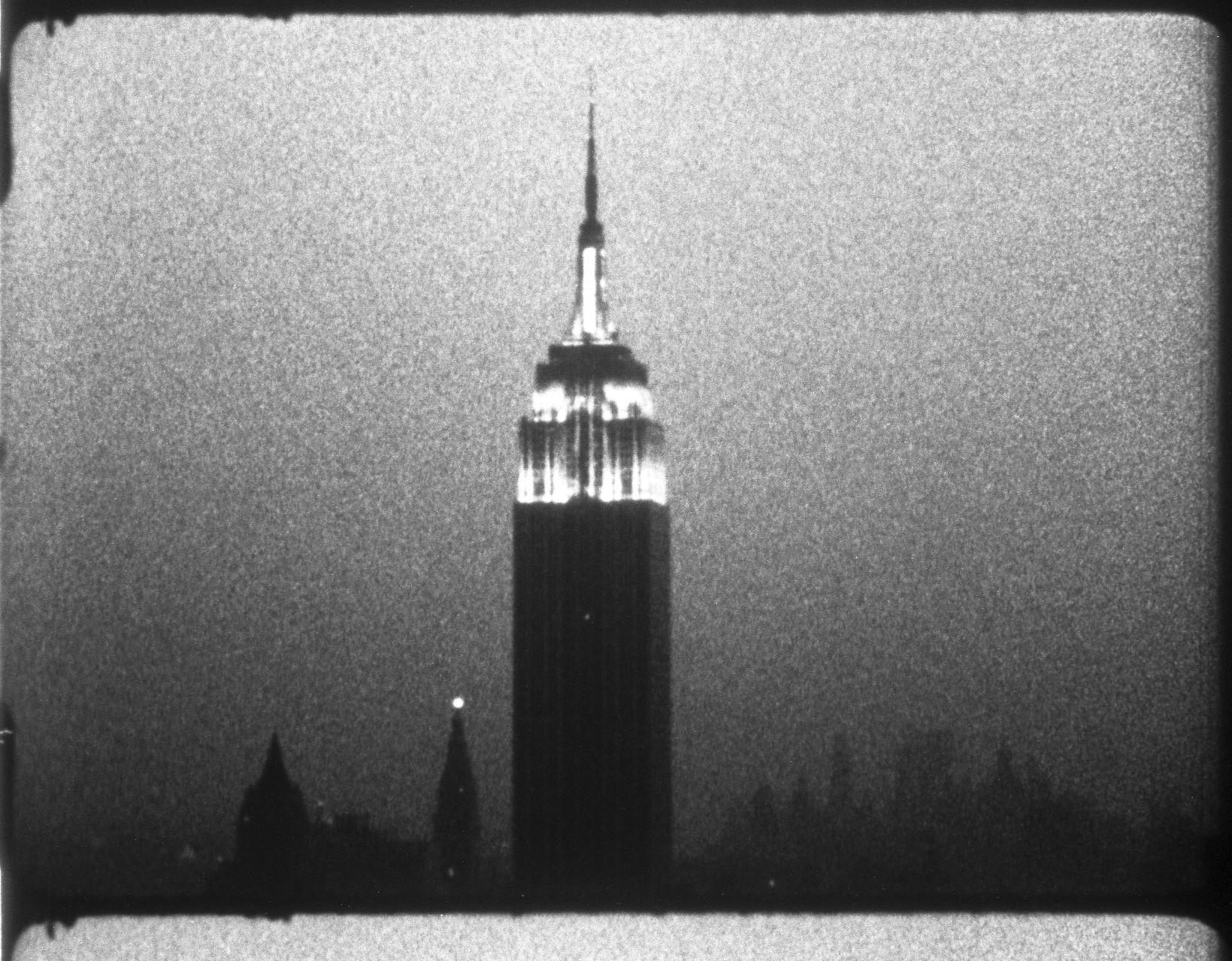
16mm, black-and-white, silent; 8 hrs., 5 min. at 16 fps, 7 hrs., 11 min. at 18 fps
(CR no. 1964.14)
© 2021 The Andy Warhol Museum, Pittsburgh, a museum of the Carnegie Institute. All rights reserved.
To those unfamiliar with Warhol’s career as a filmmaker, the book reveals much about the ways in which he consistently subverted the medium’s formal constrictions, given that he lacked any formal training in cinematography or filmmaking in general, which lends a kind of surreal, primitivist quality to the work. By filming at one speed and projecting at another, he bends time; with his static camera he expands the concept of filmic space; through silence, he compels the audience to watch more closely. Even the films that possess a “traditional” narrative seem to operate on a kind of spontaneous, mystifying logic, like a secret joke among the artist’s friends and art-world contemporaries — of which his casts are almost entirely composed — when considered apart from the rest of his moving-image work.
Perhaps the greatest achievement of The Films of Andy Warhol Catalogue Raisonné 1963-1965 is not that it so thoroughly answers the basic questions of when the work was made, how it was executed, and why, but that it goes far beyond them to draw the reader back through time, into the world where it was made — a world that no longer exists, except on film.
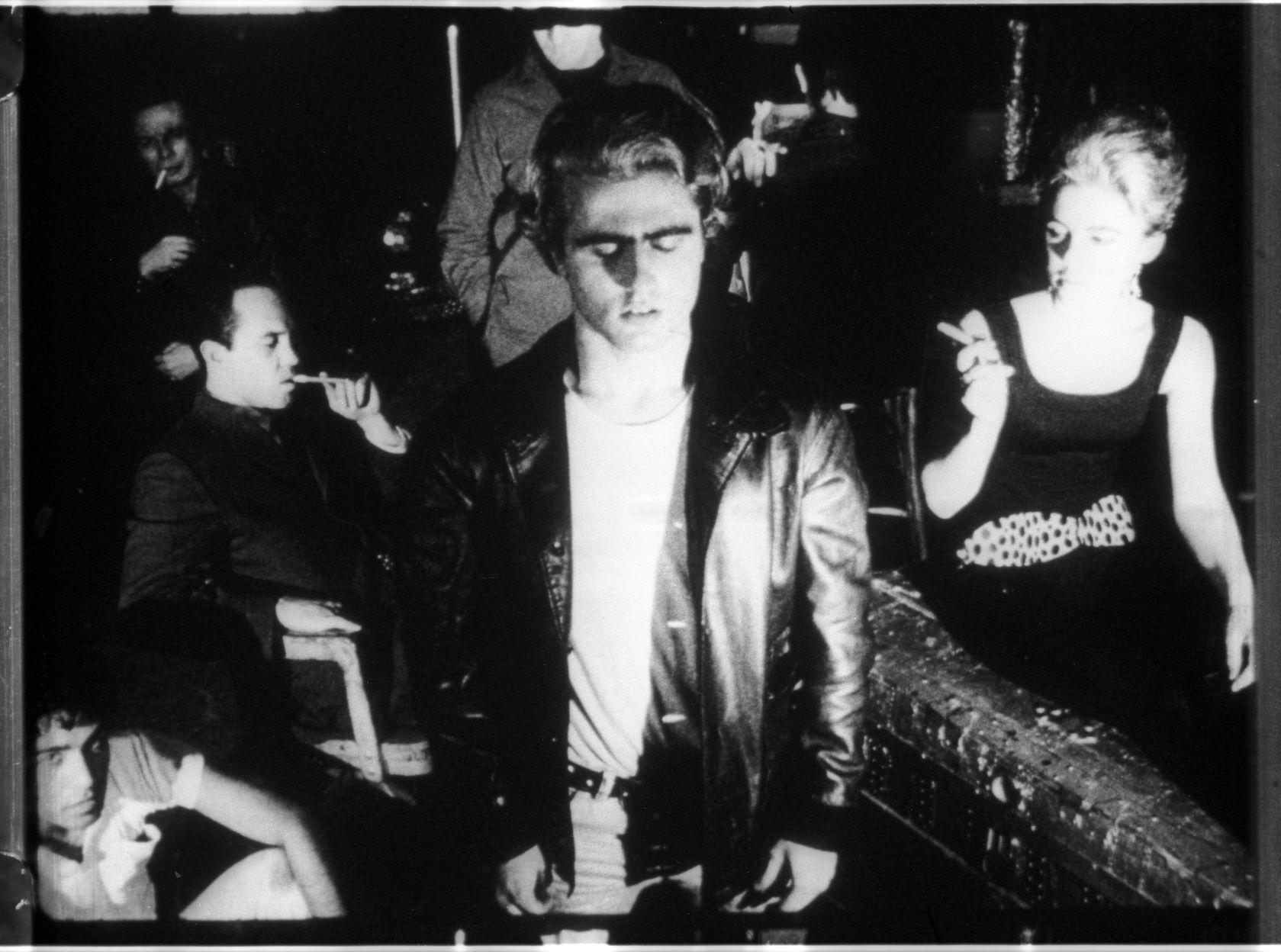
16mm, black-and-white, sound; 66 min. at 24 fps
(CR no. 1965.10)
© 2021 The Andy Warhol Museum, Pittsburgh, a museum of the Carnegie Institute. All rights reserved.
Hardcover, 512 pages, 9" x 11", 700 BW + 75 color illustrations
Distributed by Yale University Press for the Whitney Museum of American Art
